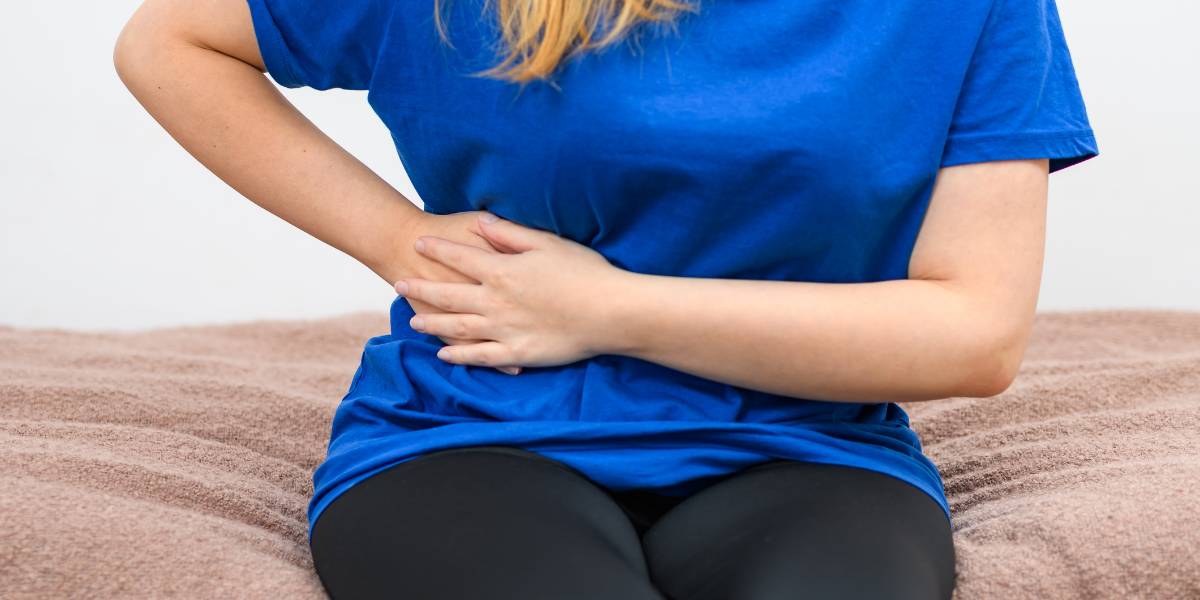The number of people living with non-alcoholic fatty liver disease in the USA is rapidly rising, latest evidence shows.
A study from the CDC’s National Center for Health Statistics has discovered that the number of of nonalcoholic fatty liver disease cases has significantly increased over the last 30 years.
Otherwise known as NAFLD, nonalcoholic fatty liver disease is the term for a range of conditions caused by a build-up of fat in the liver.
- Junk food and cheap alcohol has triggered increase of liver cancer cases
- Eating fast food linked to liver disease can be deadly, study suggests
Data shows that Hispanic individuals are 50% more at risk of developing NAFLD compared to White people, with those of Mexican descent the most likely to be diagnosed with the condition.
NAFLD is also more common in people with diet-related issues, obesity, high cholesterol and high blood pressure.
The National Health and Nutrition Examination Survey has identified a 131% increase in NAFLD cases, going from 16% in 1988 to 37% in 2018.
Top author Dr Theodore Friedman said: “More and more people are getting extra fat in their livers.
“It’s a disease that develops because people are eating poorly and not exercising,” he said. I always tell patients to eat more vegetables.”
If left untreated, NAFLD can trigger the development of some life-threatening diseases, such as cirrhosis and cancer.
- People who stay up late, snore and nap are at greater risk of fatty liver disease
- Try an app to treat fatty liver app free for 7 days
Typical symptoms of NAFLD are weight loss, fluid retention, muscle wasting, internal bleeding, yellowing of the skin or eyes, long-lasting itching, severe tiredness and spiderlike blood vessels on the skin, as well as confusion and weakness.
The condition can also develop without showing any signs, so middle-aged adults are encouraged to get their liver examined, especially if they have pre-existing health conditions.




